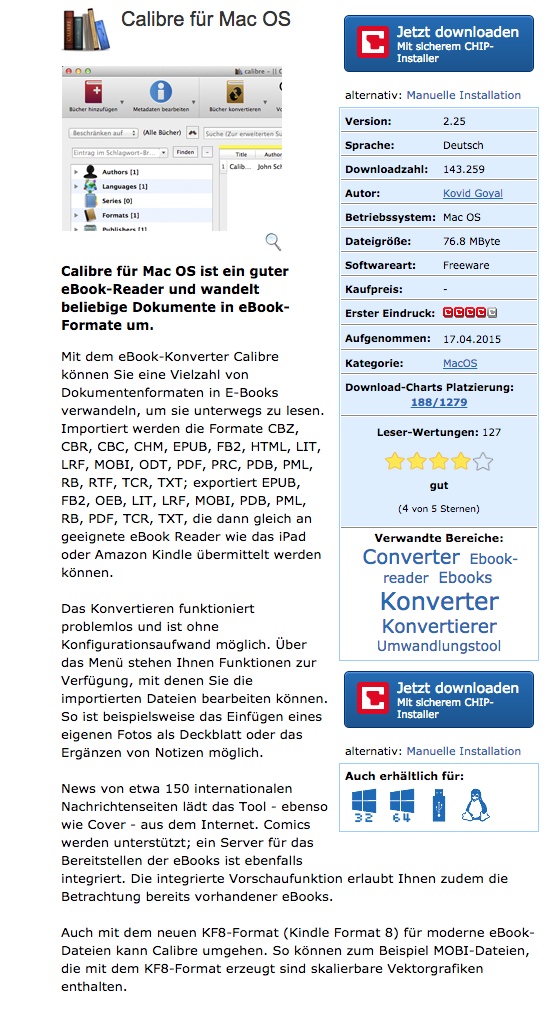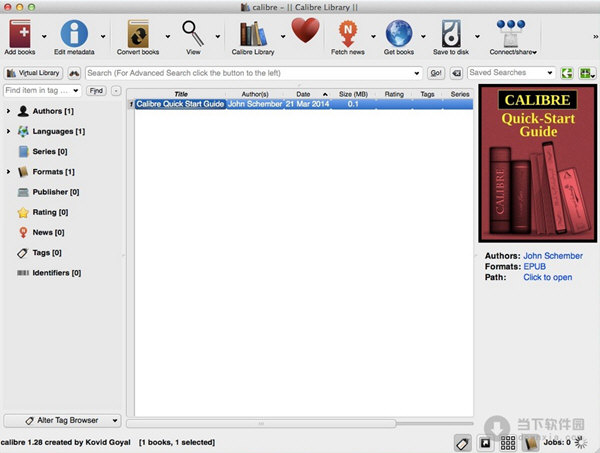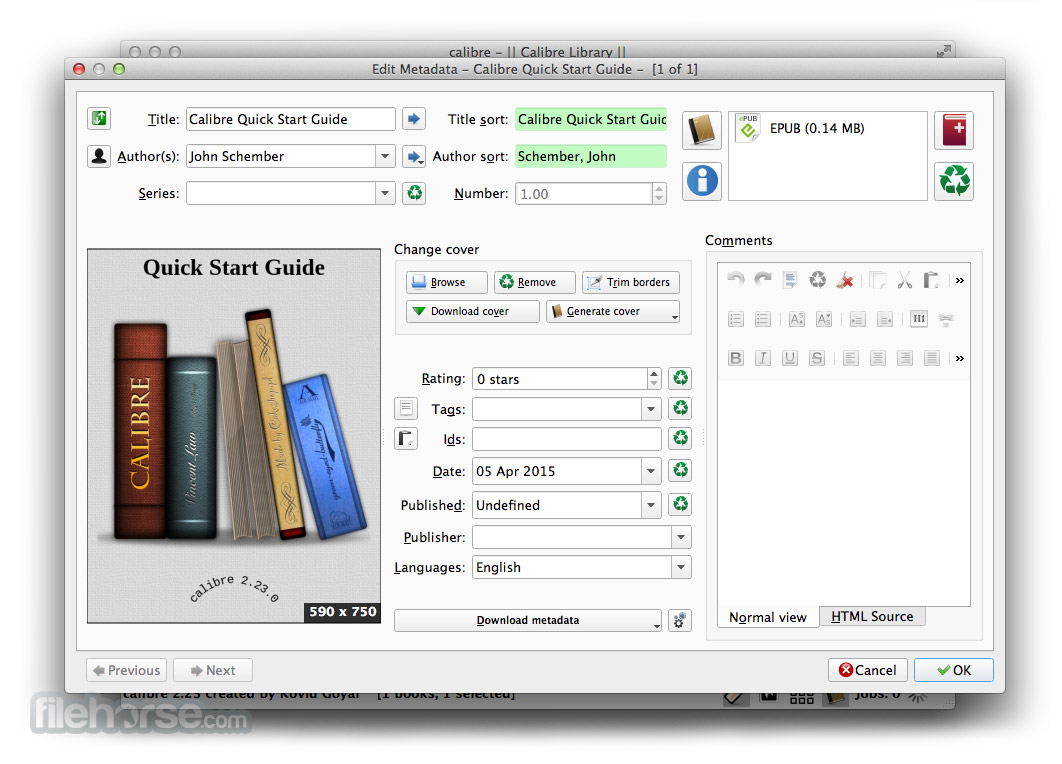
All personal data and portable software etc is also backed up. I use Clonezilla to clone c drive to an image on d drive. All personal data and 400+ portable programs are stored on other drives. I do windows updates 6 monthly – and I take a new clone image each time. What I do is my boot c drive contains the OS and about 5 programs installed (Office, PS, Skyrim) (and some other minor stuff like flash, f.lux).
Macrium Reflect is an excellent backup program which means that you can create disk images easily using similar mechanics. You can always go back to using the old drive as it is not modified by the process (or re-run the cloning at a later point in time). I'd create a backup of the original drive as well just to be on the safe side. You may boot from a rescue disc if things go wrong to correct issues found. You may want to create rescue media before you run the operation. Macrium Reflect works well with encrypted drives as it does not need to run operations before Windows loads. If that is the case you may disconnect the old drive or use it for storage purposes. Select the new drive as the first boot device and check if Windows loads fine. One easy way to check that the operation completed successfully is to restart the PC and change the boot order in BIOS/UEFI. It took 22 minutes to clone the old 128 Gigabyte SDD to the new 256 Gigabyte Solid State Drive. 
Macrium Reflect will then start the cloning process which it does while Windows is running.One easy way of making the right adjustment here is to click on the "maximum size" button. If you don't do that, you end up with a single partition that contains the cloned data of the source drive, and unused disk space that you need to partition and format. This is especially important if the destination is larger than the source. Make sure you adjust the size of the cloned partition in the next step.You need to make sure you don't pick a drive that is already in use as all contents of it will be overwritten during the process.
 Click on "select a disk to clone to" on the next screen, and pick the new drive. This copies all contents of that drive to the destination drive. You find the "clone this disk" option below the drive once it has been selected. The main hard drive with Windows is listed with a small Windows-icon in front of its name and drive letter. Select the hard drive that you want to clone.
Click on "select a disk to clone to" on the next screen, and pick the new drive. This copies all contents of that drive to the destination drive. You find the "clone this disk" option below the drive once it has been selected. The main hard drive with Windows is listed with a small Windows-icon in front of its name and drive letter. Select the hard drive that you want to clone. 
If that is not the case for you, make sure the Disk Image tab is activated.
Macrium Reflect Free displays all drives in its interface on start. 
Install and run Macrium Reflect afterwards.








 0 kommentar(er)
0 kommentar(er)
